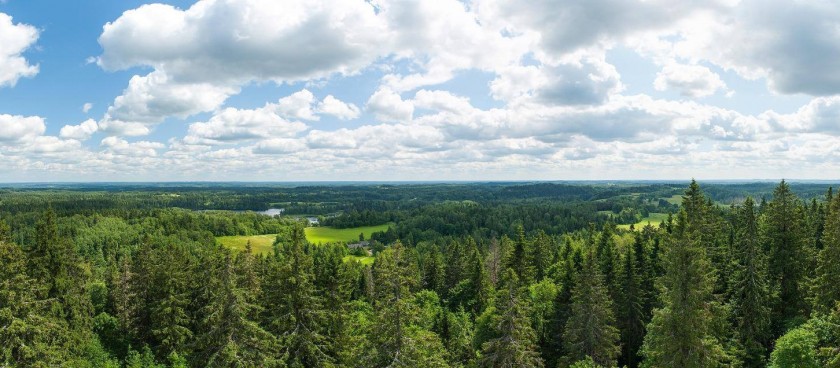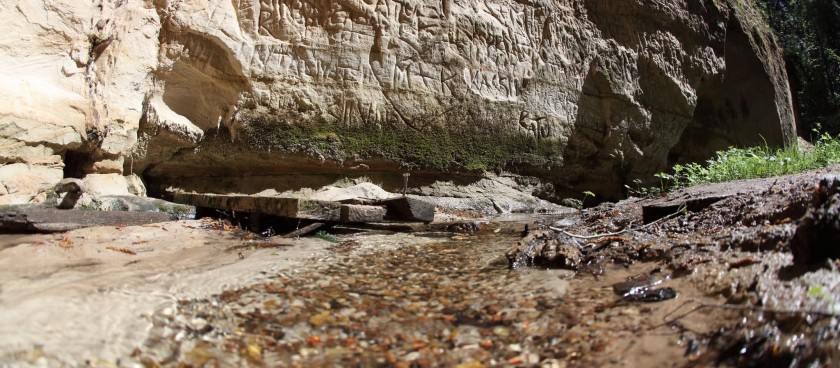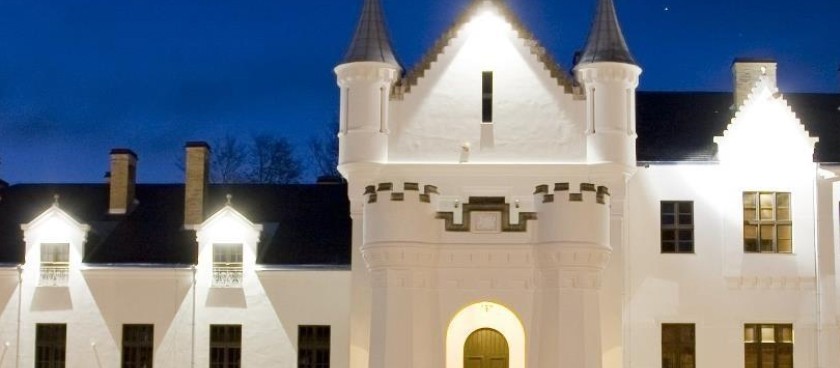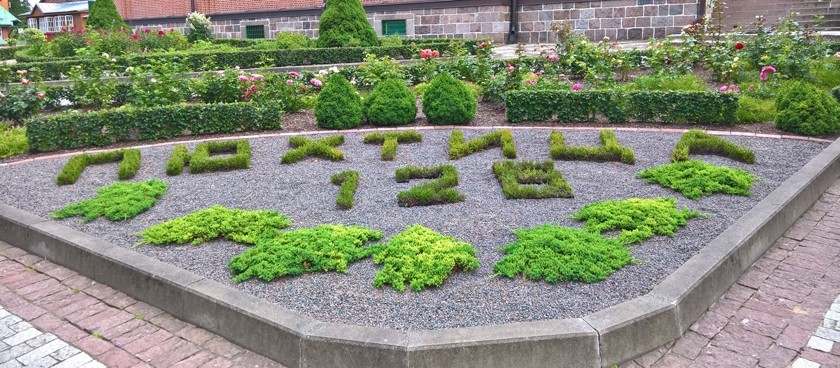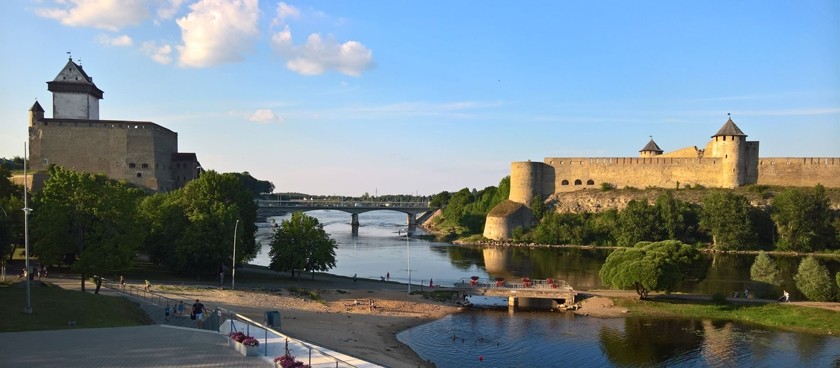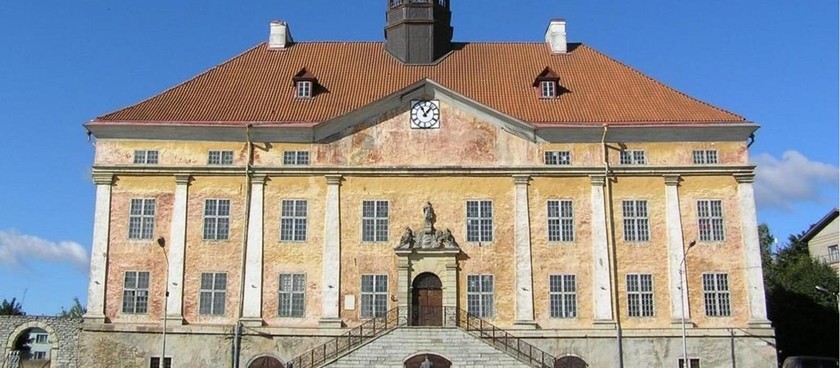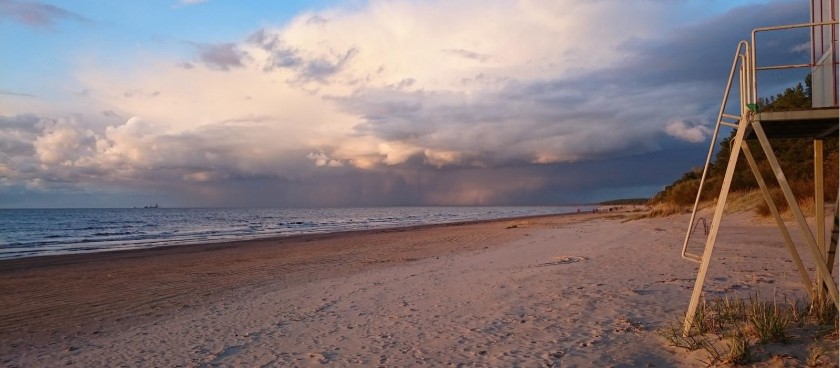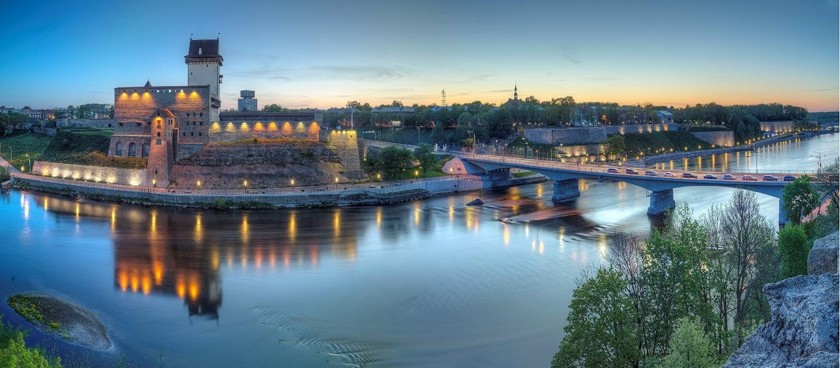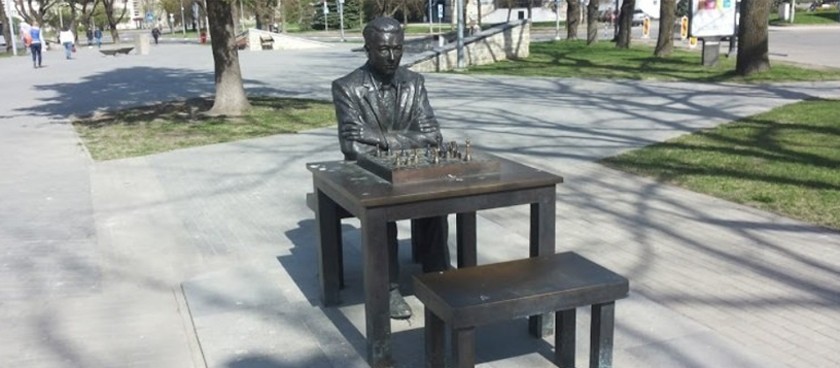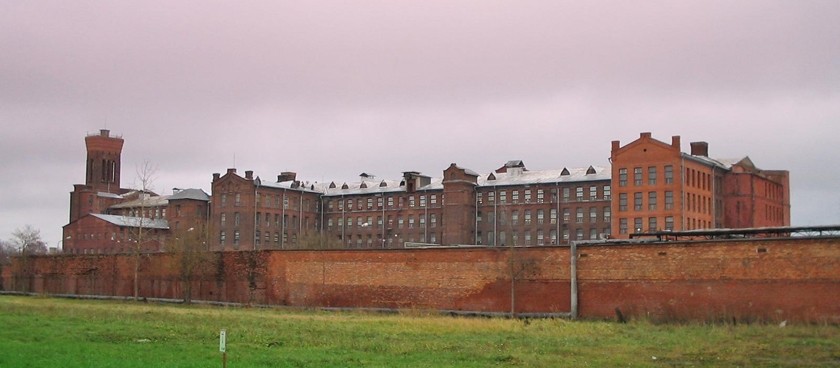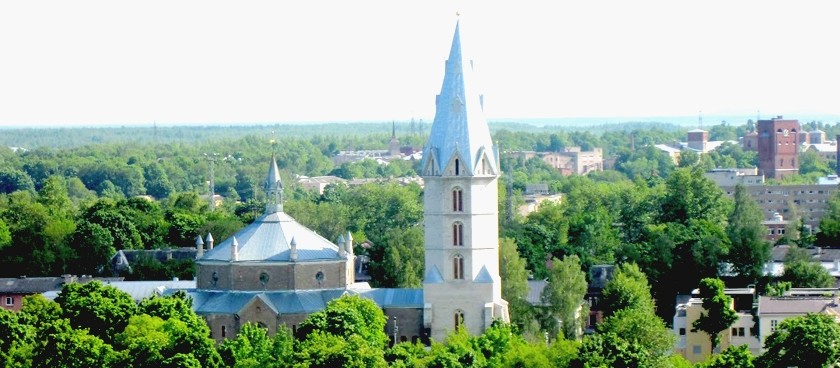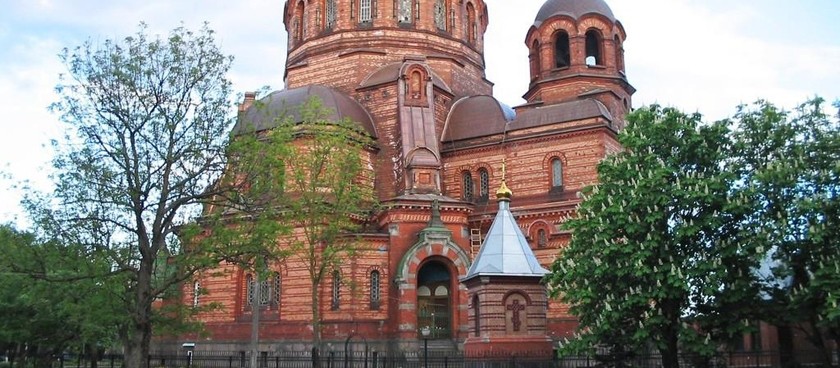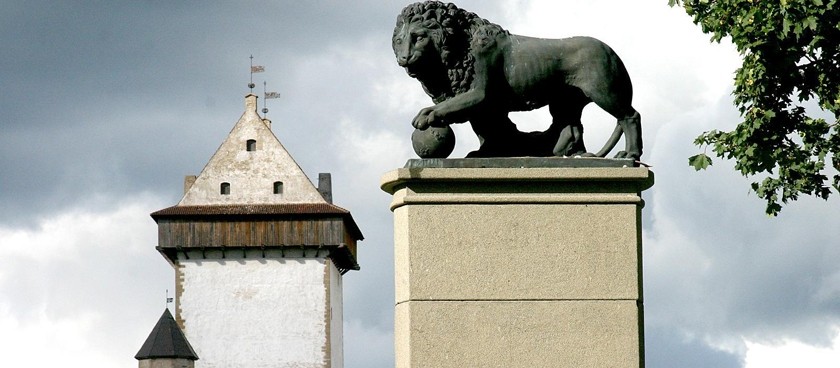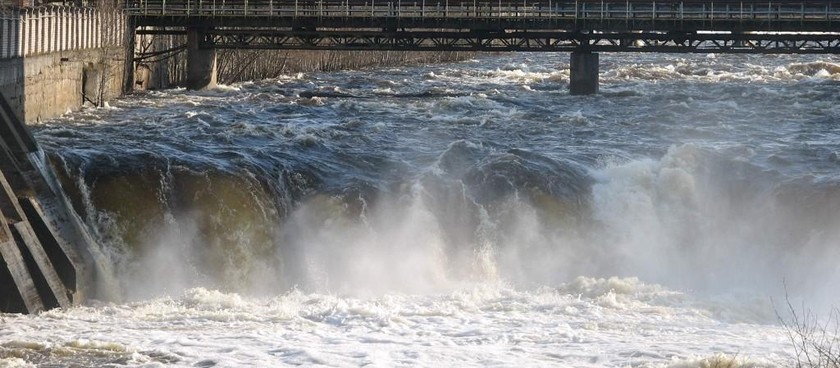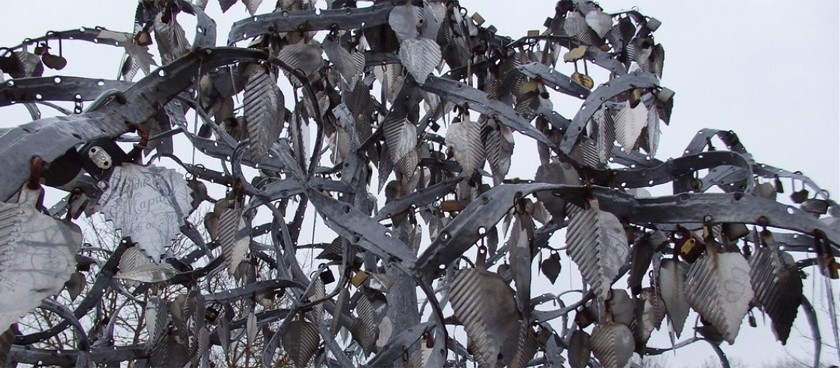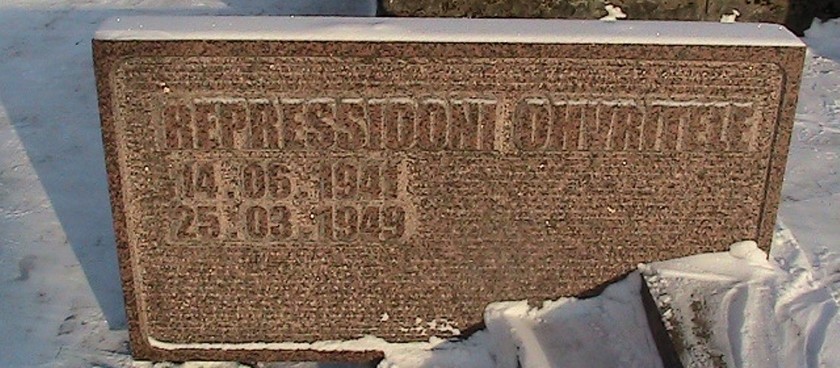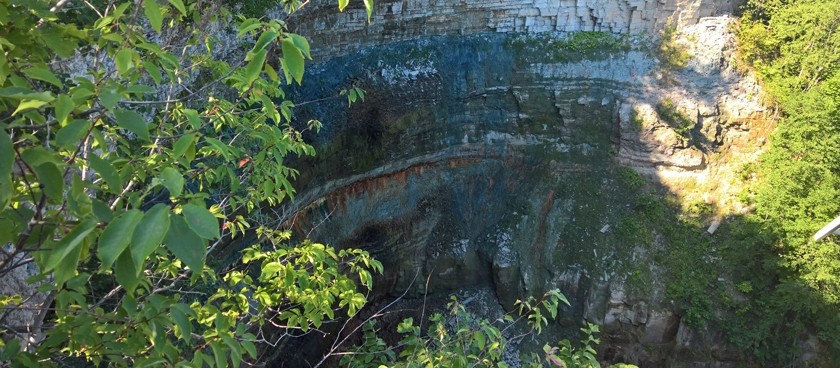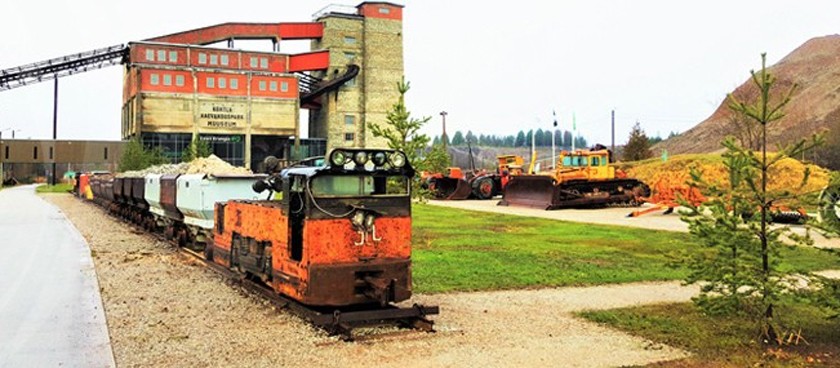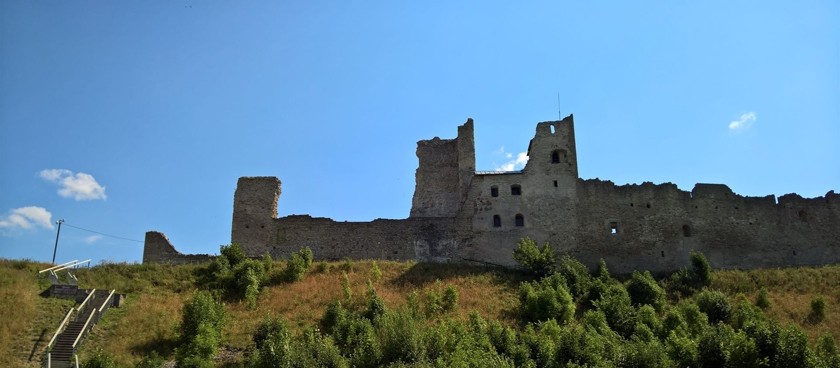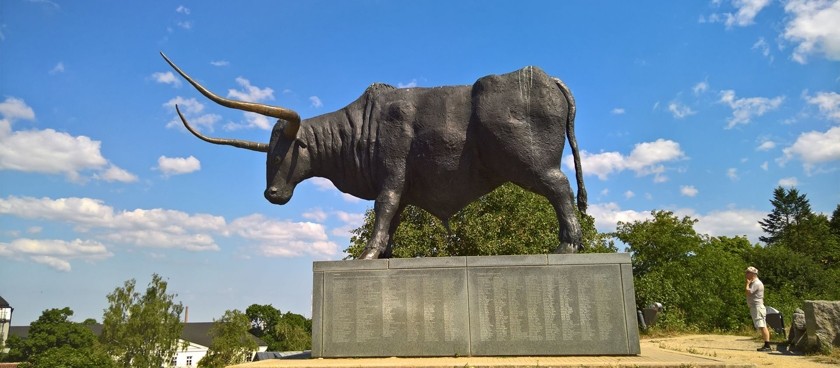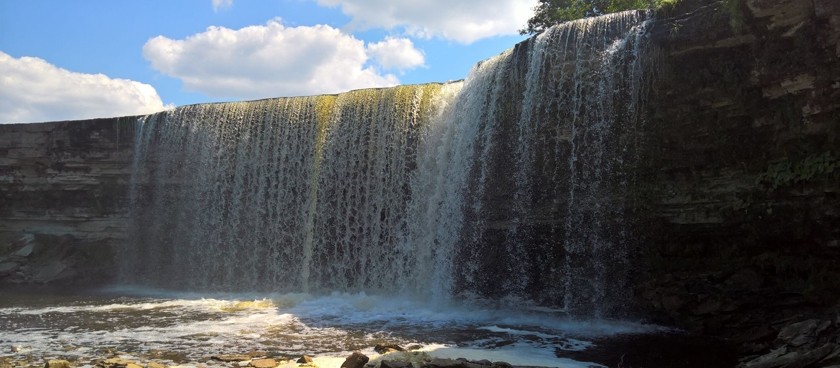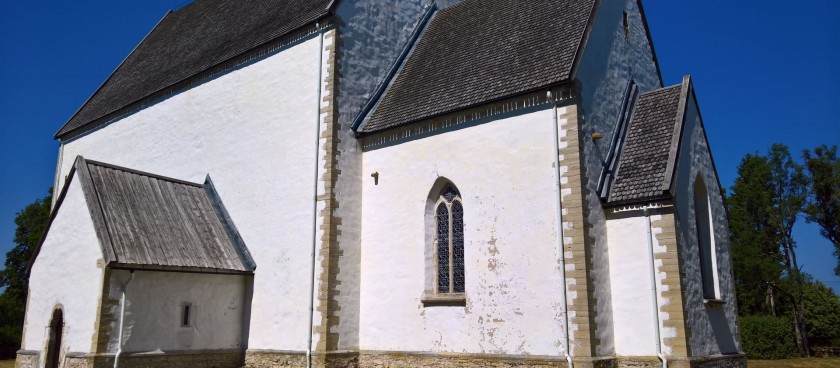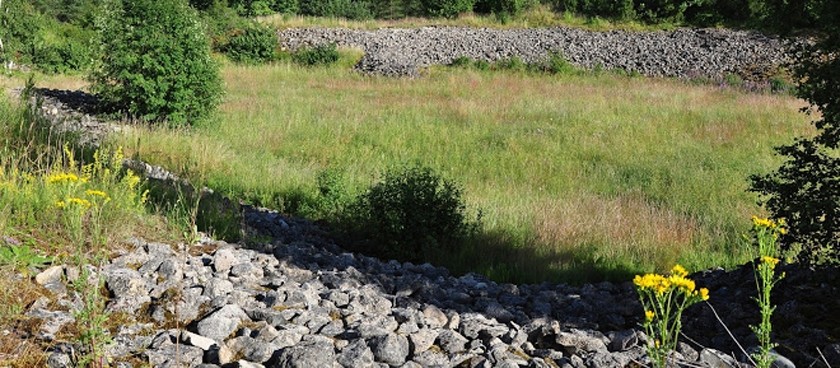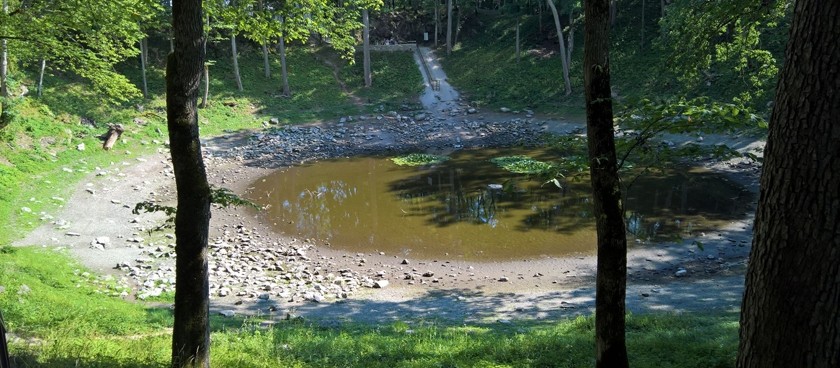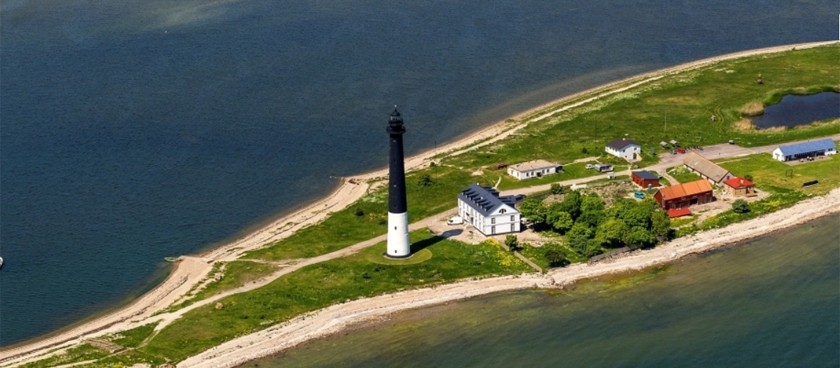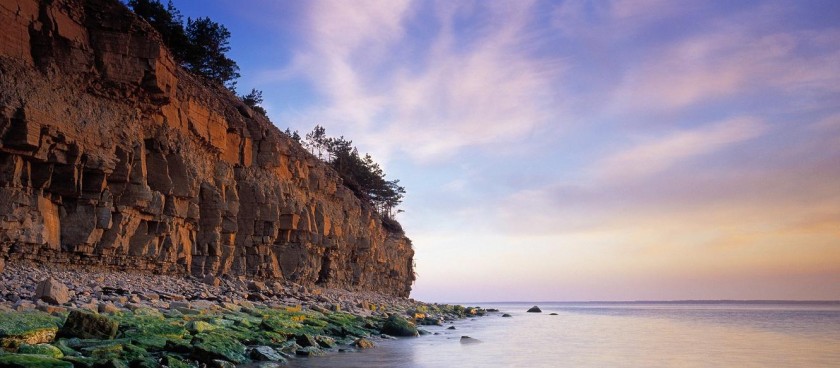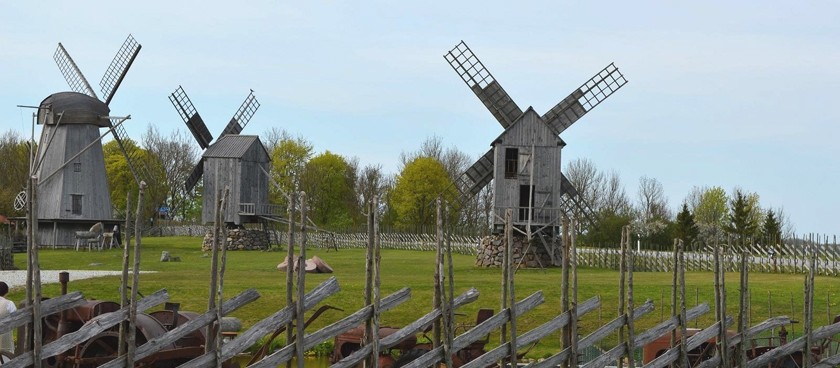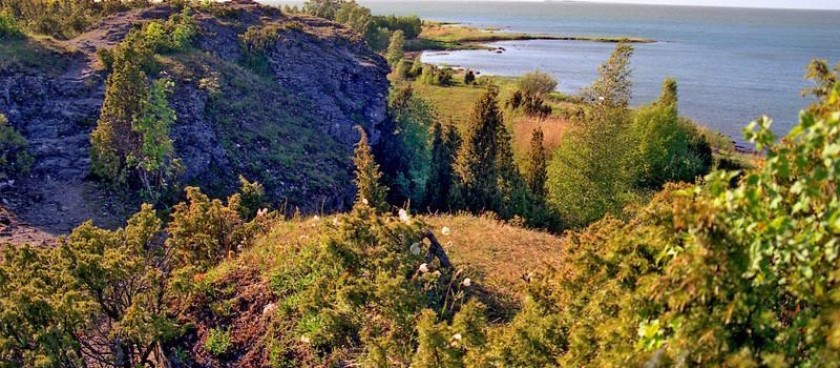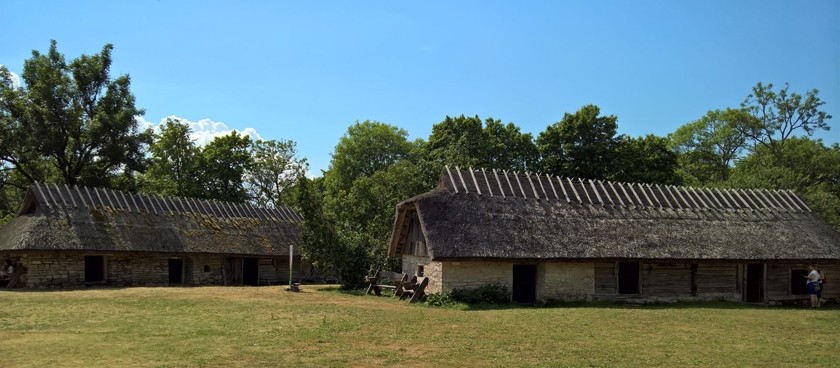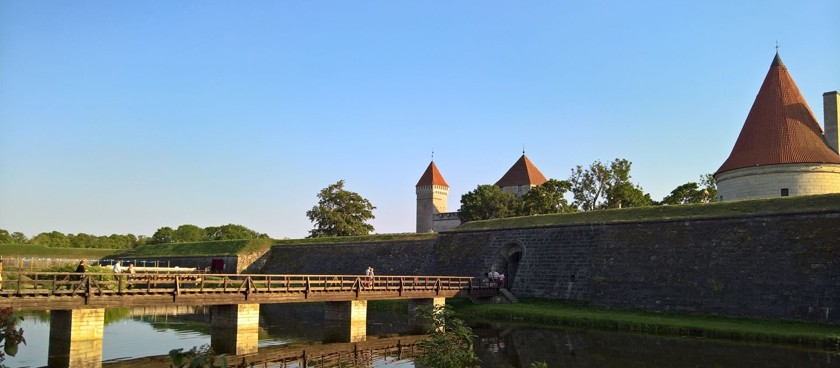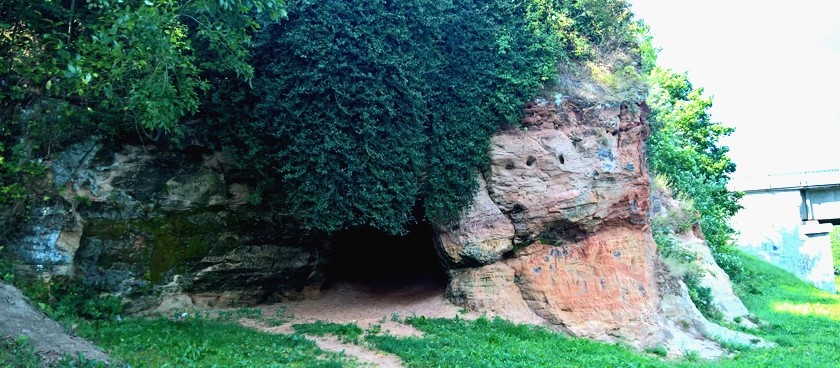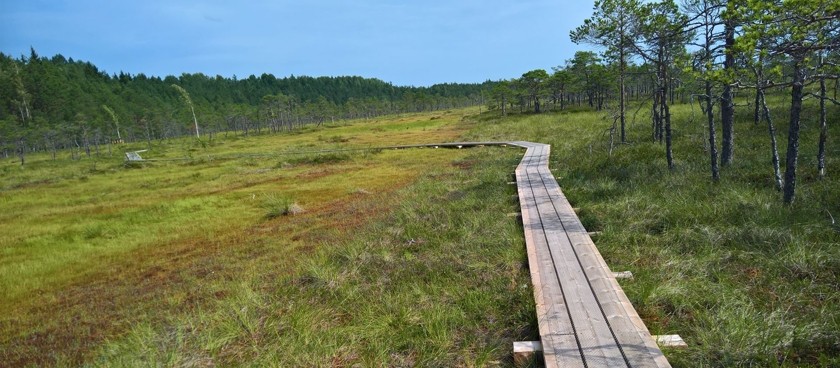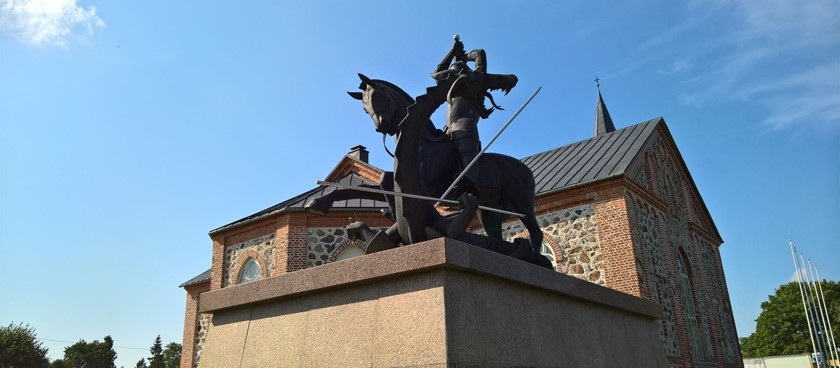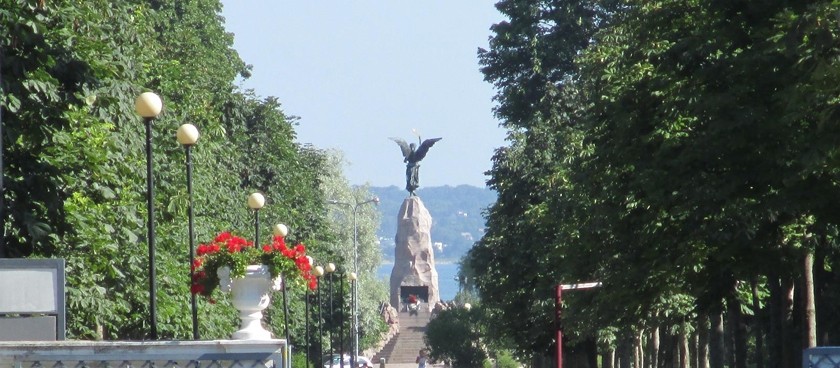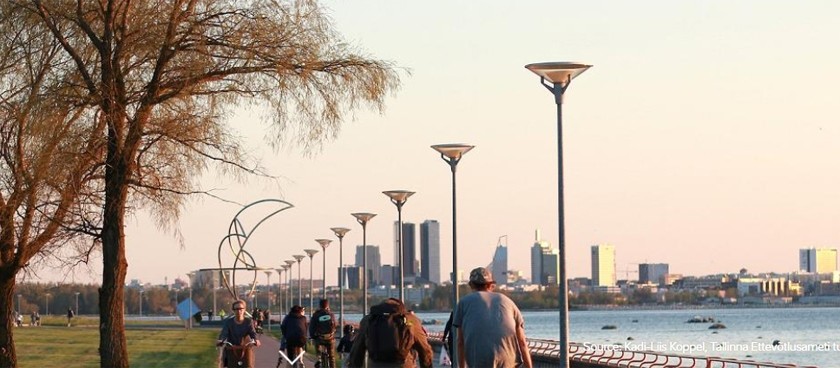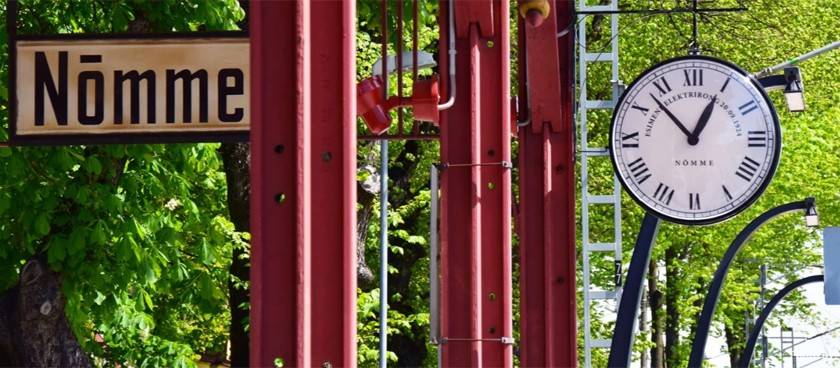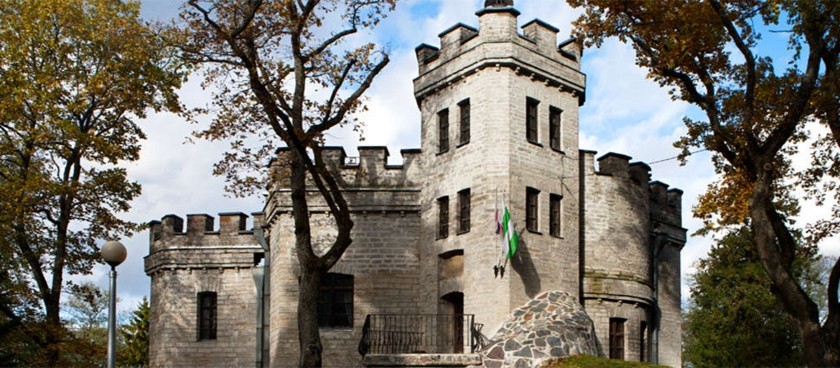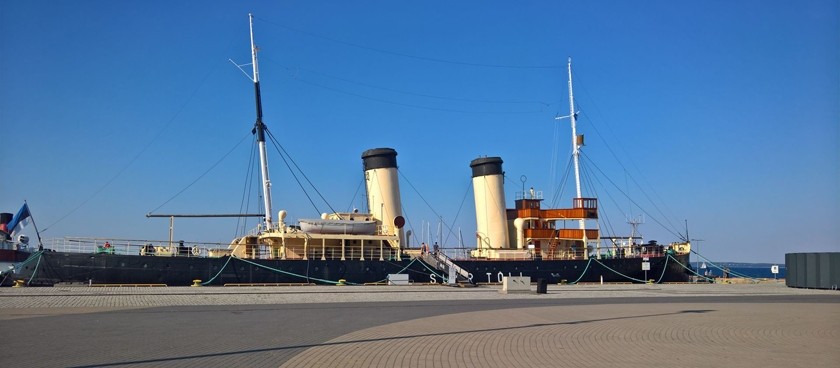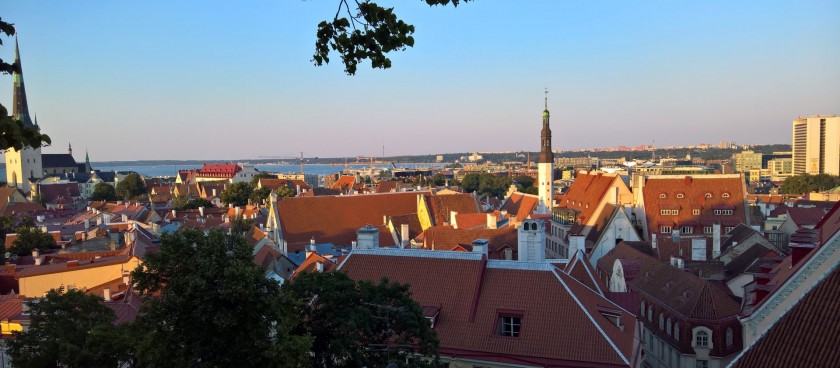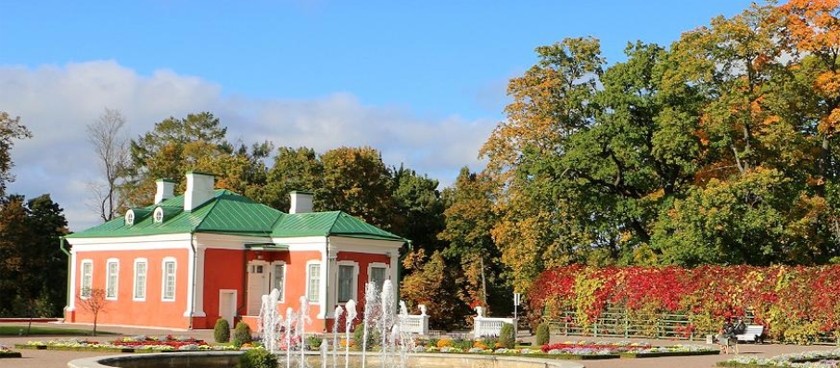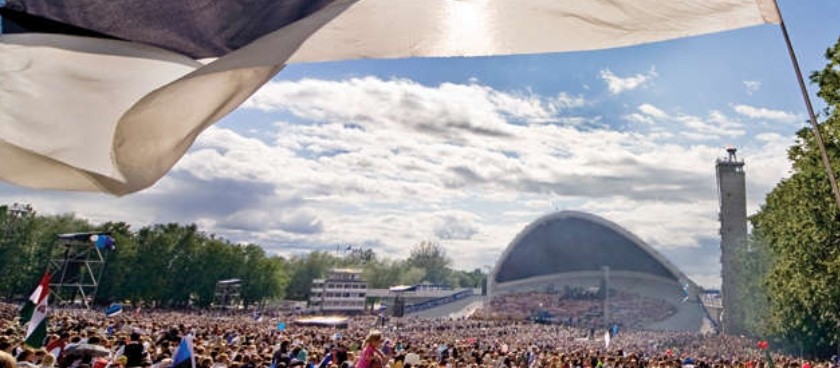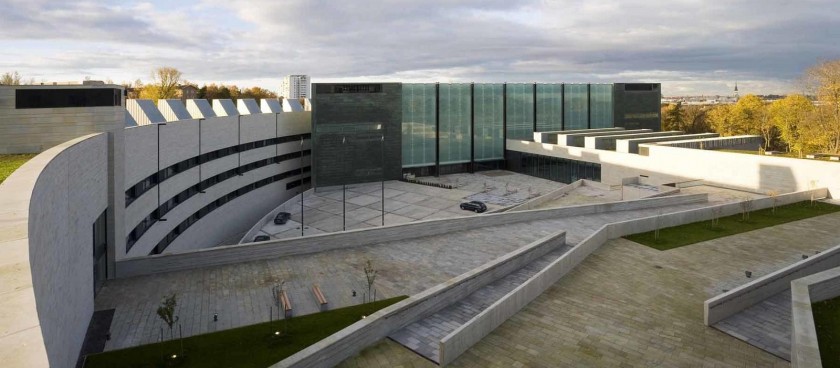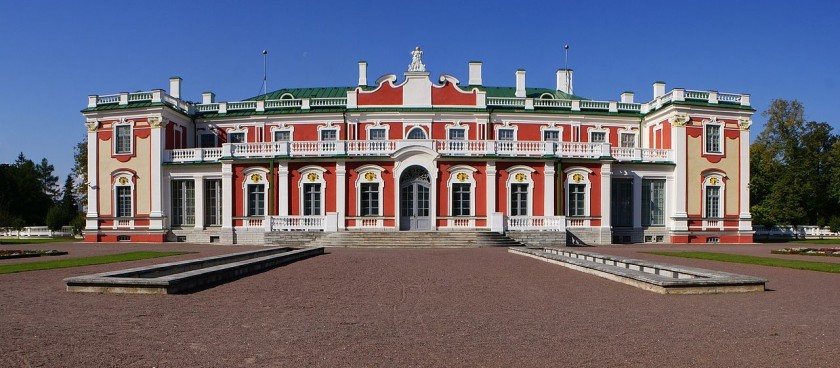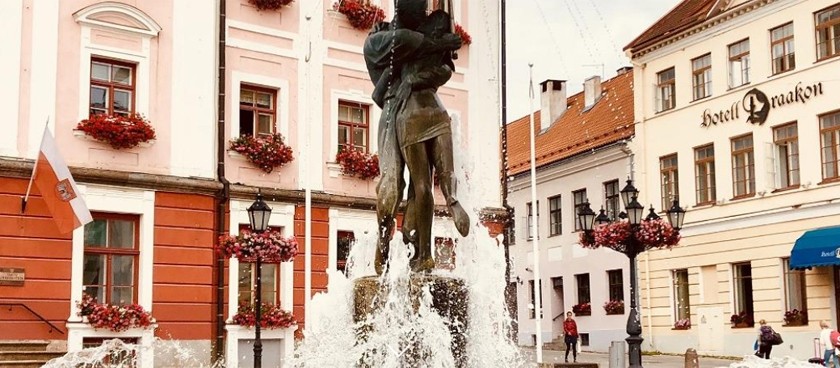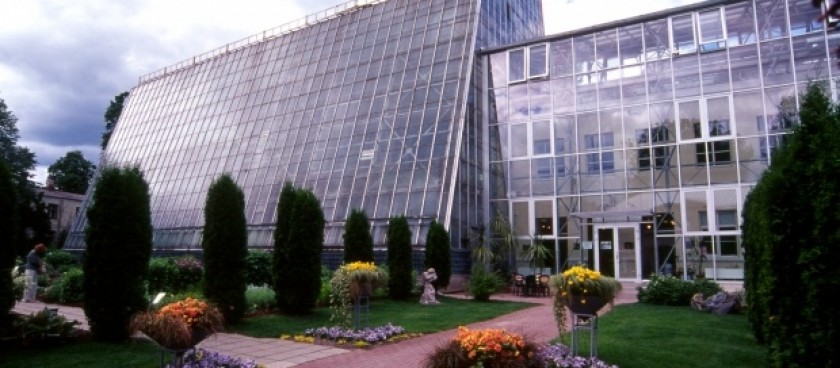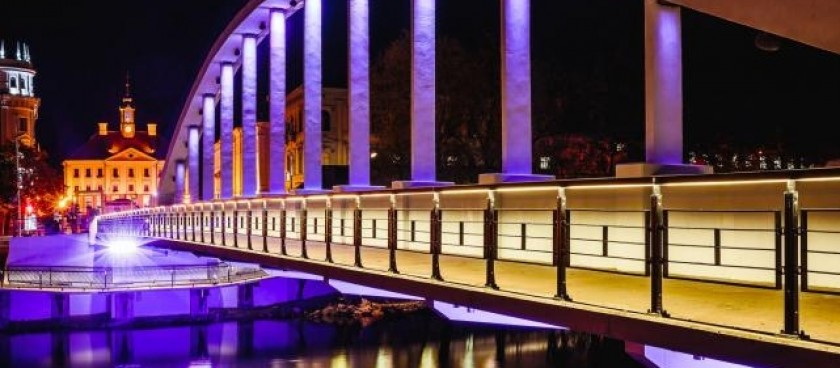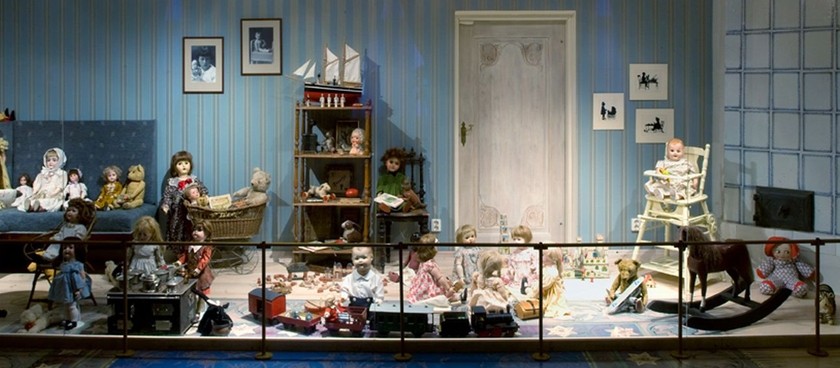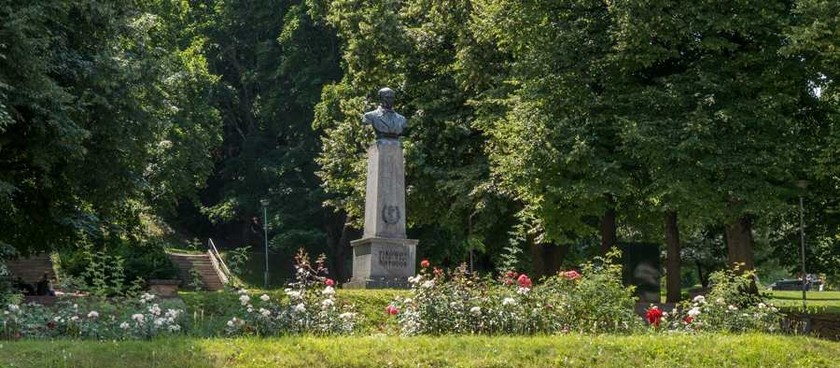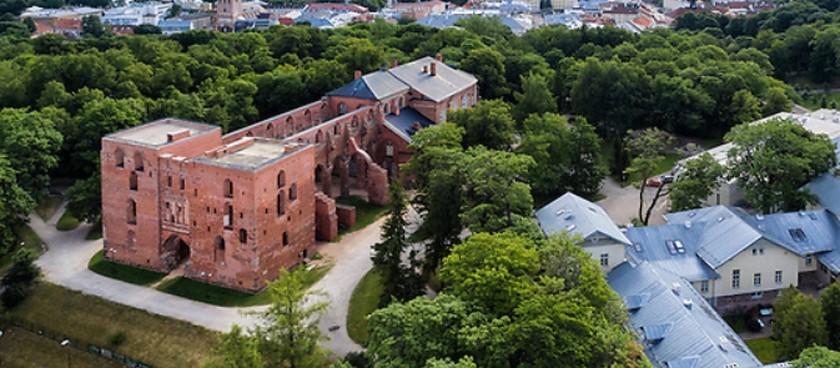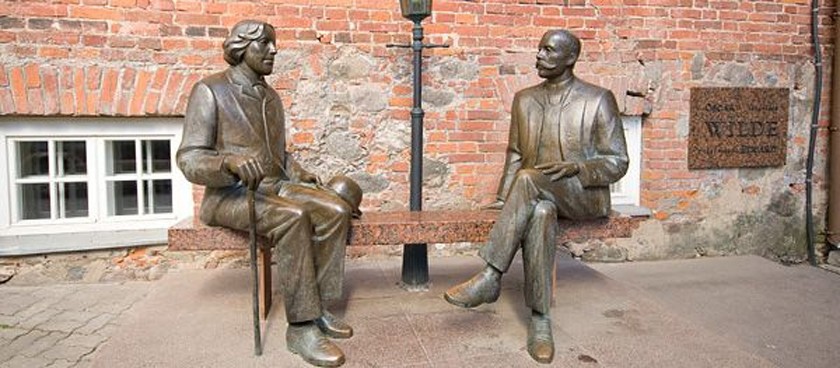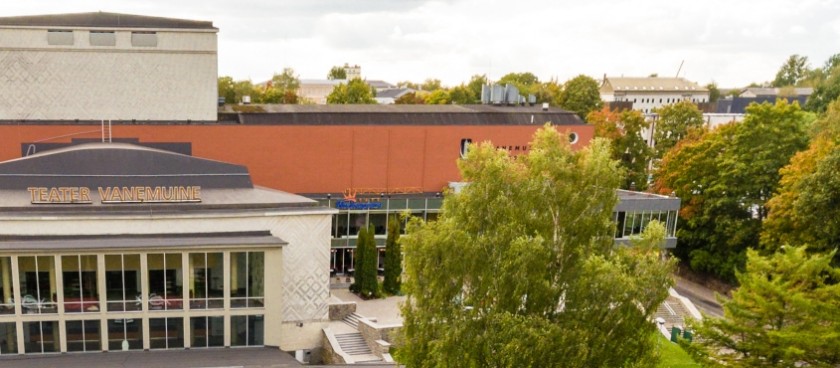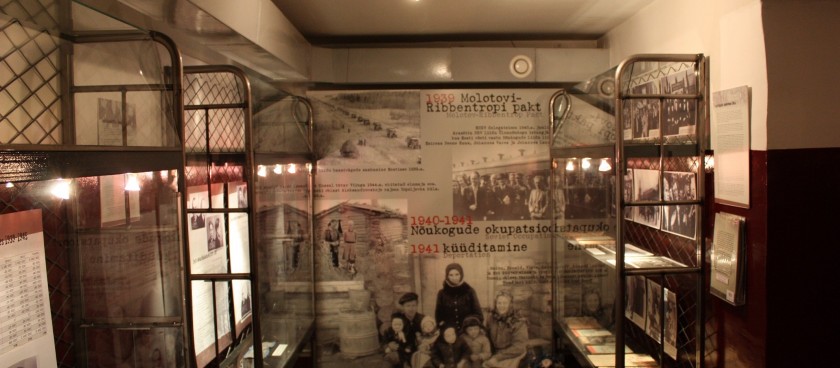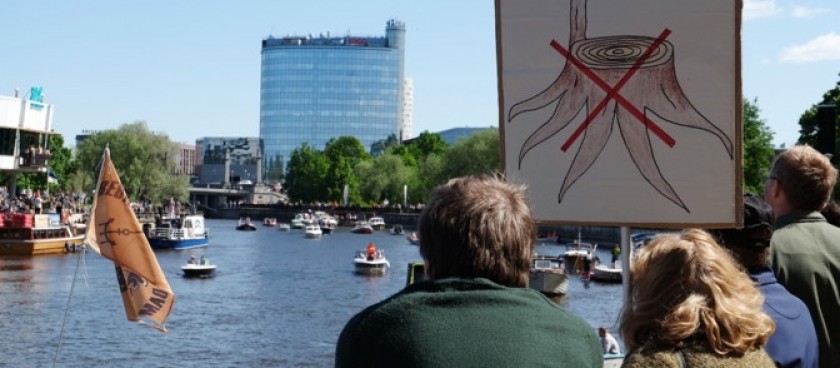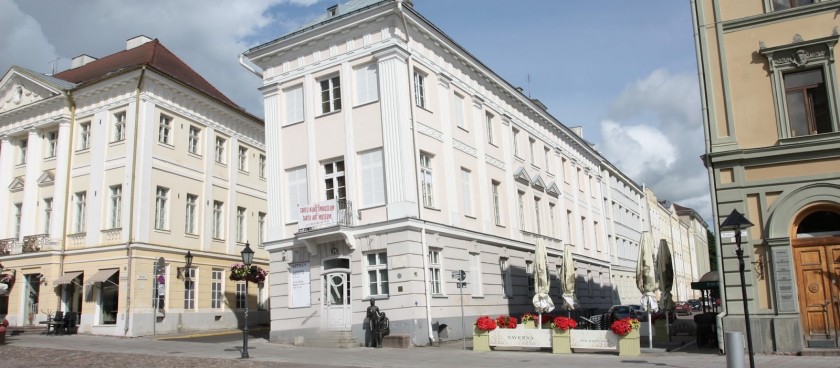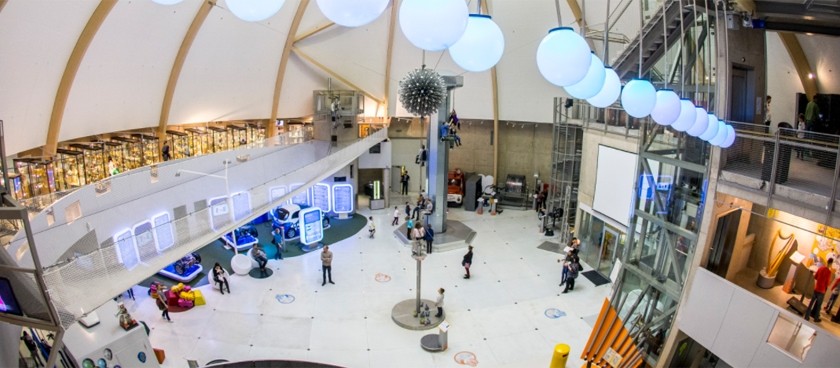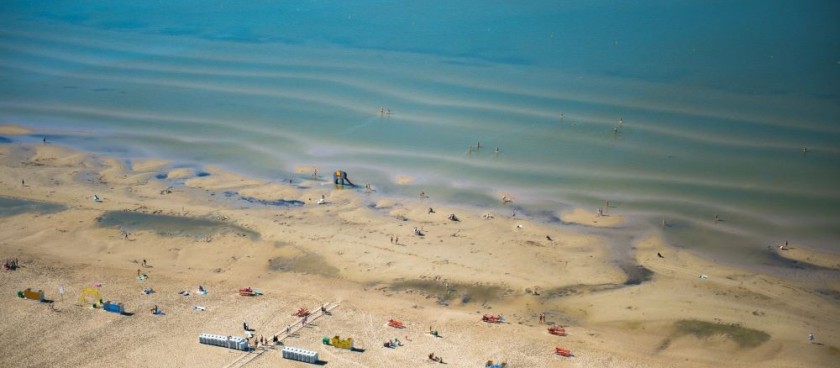Estonia points of interest
There are 56 places to visit in ESTONIA at the moment 56Introduction
The Baltic nation of Estonia has many points of interest, beautiful natural places, and tourist attractions. In this article we’ll have a look at some of best places to visit and see.
There’s plenty of space for its 1.7 million inhabitants in this now-thriving parliamentary Republic. We’ll see why it is doing well below, not least, arguably, because it bought into a European identity soonest. It was also the first ex-Soviet satellite to adopt the EU single currency, the Euro, in 2010.
Location and climate
The northern European country of Estonia consists of a small mainland and of more than staggering 1500 islands in the Baltic Sea.
Much of Estonia is extremely beautiful and varied: rocky beaches, forests that are hundreds of years old, and many undisturbed, unpolluted lakes.
While influenced by a humid continental climate, thanks to the Baltic sea, winters can be a little cold. February, the coldest month of the year, sees temperatures go down to −5.7 °C on average. The month of July, as you would expect, considered the warmest of the year, with temperatures reaching around 16.4 °C on average or higher.
Most interesting places
The capital, Tallinn, on the northern shore facing Finland, is known for its well-maintained Old Town, museums and the 314m-xhigh Tallinn TV Tower, which has an observation platform.
Funnily enough, while the official capital of Estonia is Tallinn, the country is unique because it has more than one recognised capital but several that change throughout the year. Tartu is established as the “cultural capital of Estonia”, while Parnu is known as the “summer capital”.
For those who hate hills, they will love Estonia! The highest point in the country is Suur Munamägi (which translates as “Big Egg Mountain”), just 318 meters (1,043ft) above sea level.
The Jägala Waterfall just outside Tallinn is stunningly beautiful and also the wildest natural waterfall in Estonia. In the winter when the water freezes the falls become a sublime, crystalline wall of large icicles. Usually, a tunnel surrounded on both sides by ice sometimes forms in between the ice hanging down from the edge of the waterfall and the wall of the waterfall, although visitors are not advised to walk through.
We also recommend in a shortlist of Estonia’s famous places:
• Nõmme, a charming, leafing area complete with well-preserved 1920s- and 30s-era houses, on the outskirts of Tallinn, which has the feel of a small country town.
• Tallinn’s Old Town itself with its dreaming, gothic spires and markets dating back to medieval times. Freshly ground barista-made coffees and Wi-Fi are welcome modern additions! The lower town (all-linn) is one of the best-preserved medieval towns in Europe, also listed as a UNESCO World Heritage Site since the late nineties.
• For a little more life and conviviality the Tallinna lauluväljak (Song Festival Grounds), Estonian Song and Dance Celebration, an unforgettable event that takes place every five years, drawing together up to 34,000 performers and 200,000 spectators. The grounds also host many unforgettable festivals and performances throughout the year – find out more here.
Administrative divisions and demographics
Estonian is a fairly young country in outlook: young people, all people under 26, make up almost 21% of the whole population, though it will have a greater issue with an ageing population in the years to come.
Estonia has a rich religious history, but in recent years it has become increasingly secular, with 54% of the 2011 census population declaring themselves to have no religion. Orthodox Christianity and Lutheranism make the biggest Christina denominations in the country.
For those interested the Ruhnu stave church, on the island of Ruhnu, built in 1644, is the oldest surviving wooden building in Estonia. It stands as an example of how the Baltic states converted to Christianity, from paganistic beliefs, fairly late compared with Western Europe.
Transportation and communications
Public transport is entirely free for residents of the Estonian capital, Tallinn. And if you prefer walking to places, Estonia is one of the best places to do so.
Tallinn, the capital of Estonia, and Tartu are the largest cities and urban areas in the country.
To get between them, a roughly 164km distance, there is a semi-fast speed train that takes about 2 hours. St. Petersburg, Russia, is a seven-hour train ride from Tallinn!
Food and drinks
Many of the hearty traditional Estonian dishes can be traced back to medieval times, not to mention the influence of the country’s Nordic neighbours and the constant traffic in-and-out of the Baltic Sea. As a result, Estonian food is wholesome and packed with seasonal flavours. For first-time visitors, here’s a curated of country’s best food and drink is not complete without the following:
Tallinn is unashamedly touristic when presenting its medieval menu. If platters overflowing with game sausages, wild boar, roast meats and sauerkraut sides sounds like your things, not to mention candlelight and costumes. Olde Hansa, a medieval experience restaurant located in the heart of the Old Town, is by far the most popular.
This brings neatly onto what could be Estonia’s national dish, verivorstz (which literally means ‘blood sausage’). Usually consumed in the winter, verivorst comprises barley, onions, allspice, marjoram and blood.
Although blood sausage may be a flavour you have to get used to, it is to scrumptious when roasted alongside pork and potatoes, with an added table spoon of sour cream or sauerkraut, then topped with a compote of seasonal berries. What do you get? Estonian food is comfort food of the best sort. Like the grub you may have had at IKEA, Estonia’s sausages are also traditionally served with Lingonberry jam.
What do you have with it? Well, a drink of course, and locally brewed beers are often the drink of choice in Estonia to accompany meals. The largest brewery in Estonia is Saku and Saku Originaal is the brewery's original beer. Vana Tallinn is a traditional Estonia alcoholic drink that is a dark brown liqueur with a mild rum taste.
Fruit wines are popular in Estonia and are usually flavoured with apples and different berries. In terms of non-alcoholic beverages, Kali is the most popular, otherwise thought of as “Estonian Coca-Cola”, it is a sugary unfermented beer, close to the American drink of root beer.
In larger towns, a service charge may already be included in your bill. If this is not the case, a tip of 10% for good service is customary. Like most countries in the neighbourhood, the drinking age is eighteen.
Economy
Estonia is very far-sighted when it comes to the digital economy – it boasts a model for free and open internet access. Outside of Silicon Valley, it can really say that it has one of the world’s most advanced digital societies!
These rights of access to a fast and free internet trickles down into increased productivity for the rest of society. As well inventing Skype, Estonia has more start-ups per person than Silicon Valley too, producing giant companies like TransferWise and Fleep.
While Estonia is a pretty egalitarian country when it comes to wealth and income disparities across society, the gender pay-gap between men and women is far larger than many European countries (at 22.7% in 2018 according to the Eurostat).
This might explain why they still produce expert wife carriers. This competitive Olympic sport although it originated in Finland, sees Estonian couples winning the Wife Carrying World Championships for 11 consecutive years between 1998 and 2008, and the most popular carrying technique is even referred to as the “Estonian Carry”.
Everyday culture and foreign relations
While sharing a similar geography and history with Latvia and Lithuania, it is distinct culturally and linguistically. Its closest ethnic and linguistic neighbour is Finland, though half a century of Soviet rule in Estonia opened up a gap far wider than the narrow passing across the Baltic sea. For the last three centuries, under different types of rulers, Estonia has been linked to Russia, but the two have as much alike as do a barn swallow and a bear (their respective national symbols).
In the arts as much as everyday cultural practices, Estonia wants to show that it is more than tech start-ups and blood sausages. in 2011, Tallinn shared its Capital of Culture title with the Finnish town of Turku and organized over 250 cultural events, including theatrical, audiovisual, literature, sports and other projects throughout the year.
For lovers of high fantasy, include Game of Thrones, Dubrovnic’s (a.k.a King’s Landing) tourist board should look north to their rival: the capital of Estonia was also voted as the best protected and intact medieval city in Europe.
History
Estonians are a proud people. Their self-determination can be traced back to the 18th century with The Estophile Enlightenment Period culminating in the Estonian national awakening in the middle of the 19th century. Following the bloody war in Europe from the 1914-1918 and the revolutions in Russia just next door, Estonians saw their opportunity and made their attempt for independence in February 1918.
A war of independence lasted for two years, fighting against two fronts with Bolshevist Russia to the east and against the Baltic German forces to the south. The Tartu Peace Treaty (February 1920) marked the end of fighting and recognised Estonian independence at it stands today.
More recently, at the site of what are now the Tallinna lauluväljak (Song Festival Grounds), there was the popular and uprising against Soviet rule. The Singing Revolution was the name given to process that led to the reestablishment of Estonian independence in 1991, so because of the role singing played in the protests of the mid-1980s.
